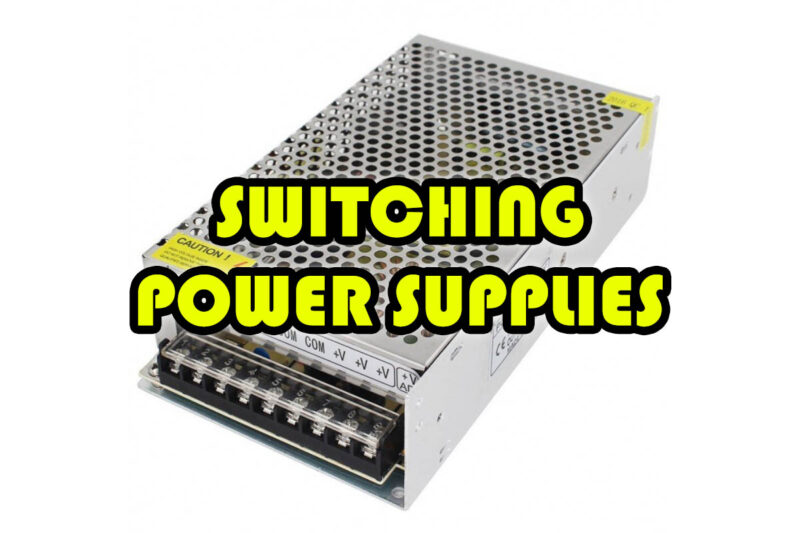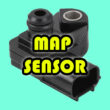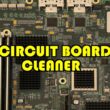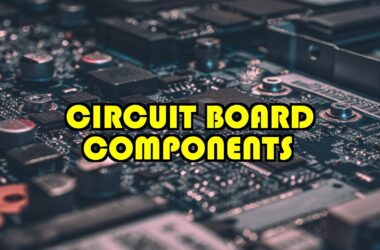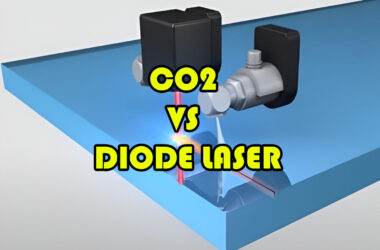Switching power supplies are indispensable components, playing a great role in the functionality of electronic devices. As we discuss these power sources, our aim is to provide an expert guide that helps you get a complete overview on this topic, offering valuable insights to both seasoned engineers and curious enthusiasts.
Understanding Switching Power Supplies
What Sets Switching Power Supplies Apart?
Switching power supplies, often referred to as switch-mode power supplies (SMPS), stand out due to their efficiency and compact design. Unlike traditional linear power supplies, which can be bulky and less energy-efficient, switching power supplies utilize advanced circuitry to regulate voltage with minimal energy dissipation.
Key Components of a Switching Power Supply
- Power Switches: These are the heart of switching power supplies, responsible for rapidly turning the power on and off.
- Inductors and Capacitors: Inductors store energy, while capacitors help smooth out voltage fluctuations, ensuring a stable output.
- Control Circuitry: This component regulates the power switch operation, maintaining the desired output voltage.
Also Read: Arduino Nano: Reliable Guide And 4 Insane Key Features!
Advantages of Switching Power Supplies
-
Efficiency
- One of the primary reasons for choosing switching power supplies is their high efficiency. Unlike linear power supplies that dissipate excess energy as heat, switching power supplies can regulate voltage with minimal energy loss, making them more energy-efficient.
-
Compact Design
- These power supplies are known for their compact and lightweight design. This is particularly crucial in applications where space is limited, such as in portable electronic devices like laptops, smartphones, and other gadgets.
-
Versatility
- They have the ability to handle a wide range of input voltages. This versatility makes them suitable for various applications across different industries, providing flexibility in design and usage.
-
Reduced Heat Generation
- Due to their efficient design, switching power supplies generate less heat compared to linear power supplies. This is advantageous in applications where heat dissipation is a concern, as it contributes to the overall reliability and lifespan of the components.
-
Adaptability to Different Loads
- Switching power supplies can efficiently adapt to varying loads, adjusting their output to match the requirements of the connected device. This adaptability is crucial in applications with dynamic power demands.
-
Enhanced Battery Life
- In the realm of consumer electronics, switching power supplies contribute to longer battery life in devices like laptops and smartphones. Their efficiency allows for more effective use of battery power, extending the time between charges.
-
Wide Range of Applications
- Switching power supplies find applications in diverse industries, including consumer electronics, industrial automation, telecommunications, and renewable energy systems. Their versatility makes them suitable for powering a wide array of electronic devices and equipment.
-
Cost-Effectiveness
- While the initial cost of components for switching power supplies may be higher, their long-term cost-effectiveness is notable due to energy savings and the ability to use smaller, less expensive components in other parts of the system.
-
Rapid Response to Load Changes
- Switching power supplies can quickly respond to changes in load conditions, ensuring stable and reliable power delivery even when the connected devices experience fluctuations in power requirements.
Read Also: What Are Ultrasonic Sensors: Overview And Expert Guide 2024
Applications Across Industries
Electronics Industry
In the realm of consumer electronics, switching power supplies are the driving force behind the sleek designs and portability of smartphones, laptops, and other gadgets. Their efficiency contributes to longer battery life and faster charging times.
Industrial Sector
Industries leverage switching power supplies for their reliability and adaptability. From manufacturing equipment to automation systems, these power sources ensure consistent and efficient operation.
Renewable Energy
Switching power supplies play a vital role in renewable energy systems, contributing to the efficiency of solar inverters and wind turbine controllers.
Overcoming Challenges in Design
1. Electromagnetic Interference (EMI)
Addressing EMI is crucial in switching power supply design. Implementing proper shielding and filtering techniques is imperative to ensure compliance with regulatory standards.
2. Heat Dissipation
Efficient heat management is essential to prevent overheating. The integration of heat sinks and thermal management solutions enhances the longevity of switching power supplies.
Choosing the Right Switching Power Supply
Factors to Consider
- Output Voltage and Current Requirements
- Align the power supply specifications with the device’s voltage and current needs.
- Form Factor
- Consider the space available and opt for a compact design if size is a critical factor.
- Efficiency Ratings
- Higher efficiency ratings contribute to energy savings and reduced environmental impact.
- Reliability
- Evaluate the manufacturer’s reputation and product reviews for reliability and durability.
Conclusion
In summary, Switching Power Supplies are vital to electronic devices, offering unmatched efficiency and a compact design. The guide provides valuable insights for both engineers and enthusiasts. Notably, their adaptability to different loads, reduced heat generation, and enhanced battery life contribute to their widespread use. The applications span various industries, from consumer electronics to renewable energy. Overcoming challenges like electromagnetic interference and efficient heat management ensures reliability. When selecting a switching power supply, factors like output requirements, form factor, efficiency ratings, and reliability should be considered. Ultimately, their long-term cost-effectiveness and rapid response to load changes solidify their role in powering modern technologies.




